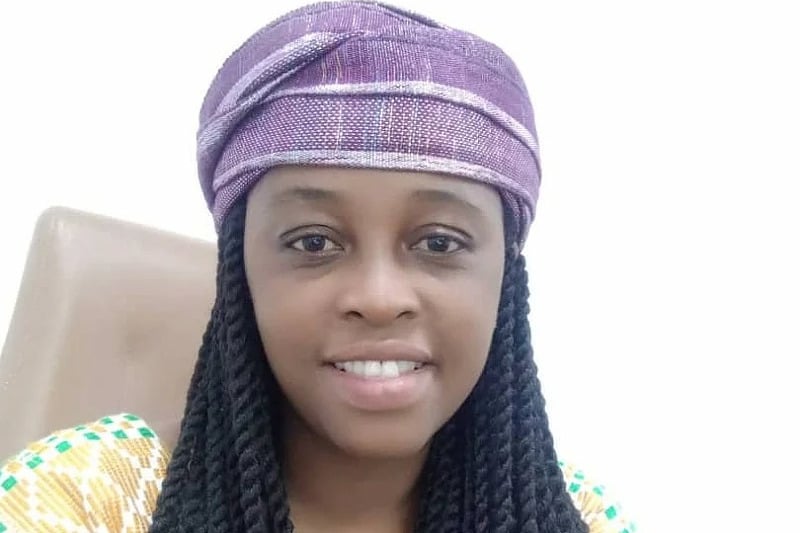Cervical cancer, a largely preventable disease, continues to pose a significant threat to women’s health globally, particularly in low- and middle-income countries. The human papillomavirus (HPV) vaccine offers a crucial shield against this deadly disease, yet access remains unequal, often hinging on financial capacity. Health experts and advocates are intensifying calls for free HPV vaccination for all eligible girls, emphasizing that this is not merely a medical intervention but a fundamental right. Ensuring equitable access to this life-saving vaccine is paramount to achieving the global goal of eliminating cervical cancer. The urgency of this call stems from the alarming statistics of preventable deaths and the understanding that early vaccination provides the most effective long-term protection. The fight against cervical cancer requires a multifaceted approach encompassing vaccination, screening, and treatment, with a particular focus on removing financial barriers that prevent vulnerable populations from accessing preventive care.
The efficacy of the HPV vaccine in preventing cervical cancer is well-established, particularly when administered during adolescence. Beatrice Kayi Gbesemete, a health and wellness expert, stresses that providing free access to the vaccine between the ages of 9 and 14 is crucial for maximum impact. This age range aligns with the WHO’s recommendation and ensures protection before potential exposure to the virus. Gbesemete argues that cost should never be a barrier to health and that every girl deserves the chance to live a life free from the threat of cervical cancer, irrespective of her socioeconomic background. This resonates with the broader global health equity movement, which emphasizes the right to healthcare as a fundamental human right. By removing financial barriers, we can ensure that all girls have an equal opportunity to benefit from this life-saving vaccine.
The campaign for free HPV vaccination is gaining momentum, with organizations like CDA Consult leading the charge in Ghana and advocating for global action. Their initiatives prioritize public health communication, education, and community engagement to dispel myths and misinformation surrounding the vaccine. This approach recognizes that widespread acceptance and uptake of the vaccine are dependent on building trust and addressing concerns within communities. CDA Consult’s efforts underscore the importance of a comprehensive public health strategy that goes beyond simply providing the vaccine and includes robust education and community outreach to ensure its effective implementation.
The fight against cervical cancer requires a collaborative approach, engaging policymakers, healthcare institutions, development agencies, and community leaders. Jennifer Nelson, a preventive health expert, emphasizes the crucial role of collective investment in prevention, education, and inclusion. Policy changes are essential to support widespread vaccination programs, while healthcare systems need to be strengthened to ensure accessible and affordable vaccination services. Community leaders can play a pivotal role in disseminating accurate information and encouraging vaccine uptake within their communities. This multi-pronged approach underscores the necessity of a collaborative and holistic strategy to effectively combat cervical cancer.
While progress has been made in recent years, significant funding gaps remain a major obstacle to achieving the 2030 elimination target. Despite increased investment in HPV vaccination and screening programs, current funding falls far short of the estimated $10.5 billion needed for low- and lower-middle-income countries. This funding shortfall highlights the urgency of mobilizing additional resources to accelerate progress. International collaboration and commitment are crucial to closing this funding gap and ensuring that all countries have the resources necessary to implement comprehensive cervical cancer prevention and control programs.
Eliminating cervical cancer represents a significant global health challenge, but it is a goal within reach. Achieving it demands a concerted effort that prioritizes equitable access to the HPV vaccine, effectively addresses misinformation and barriers to access, and provides sufficient funding for comprehensive prevention and treatment programs. The global health community must unite to ensure that every girl has the opportunity to be protected from this preventable disease, contributing to a future free from the burden of cervical cancer. This ultimate goal involves not only providing free access to the vaccine but also addressing the broader social determinants of health that contribute to health disparities.


